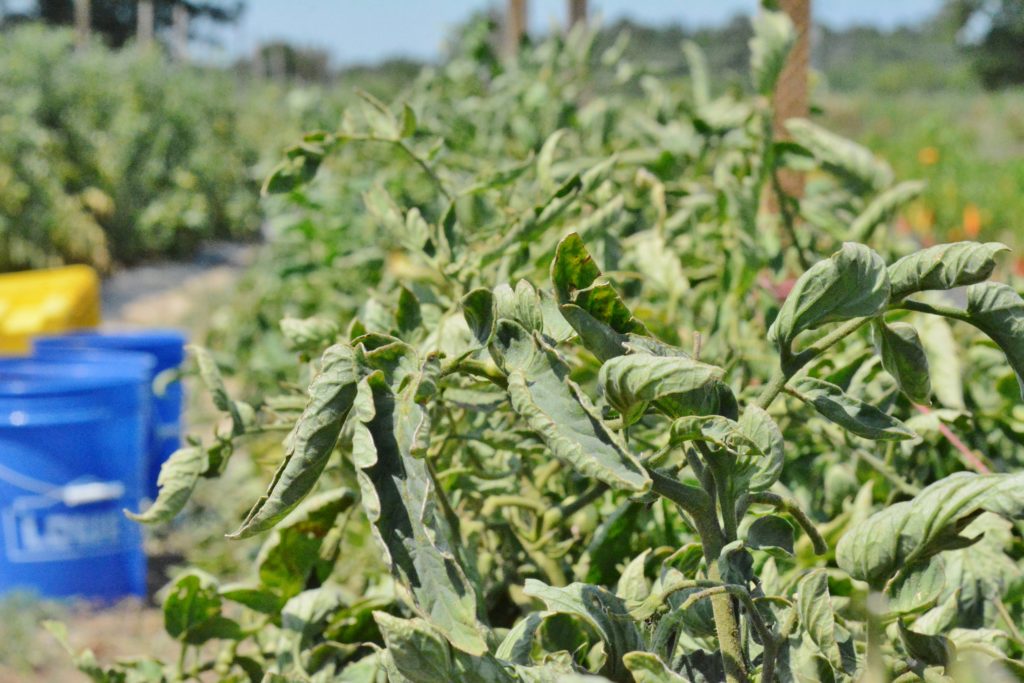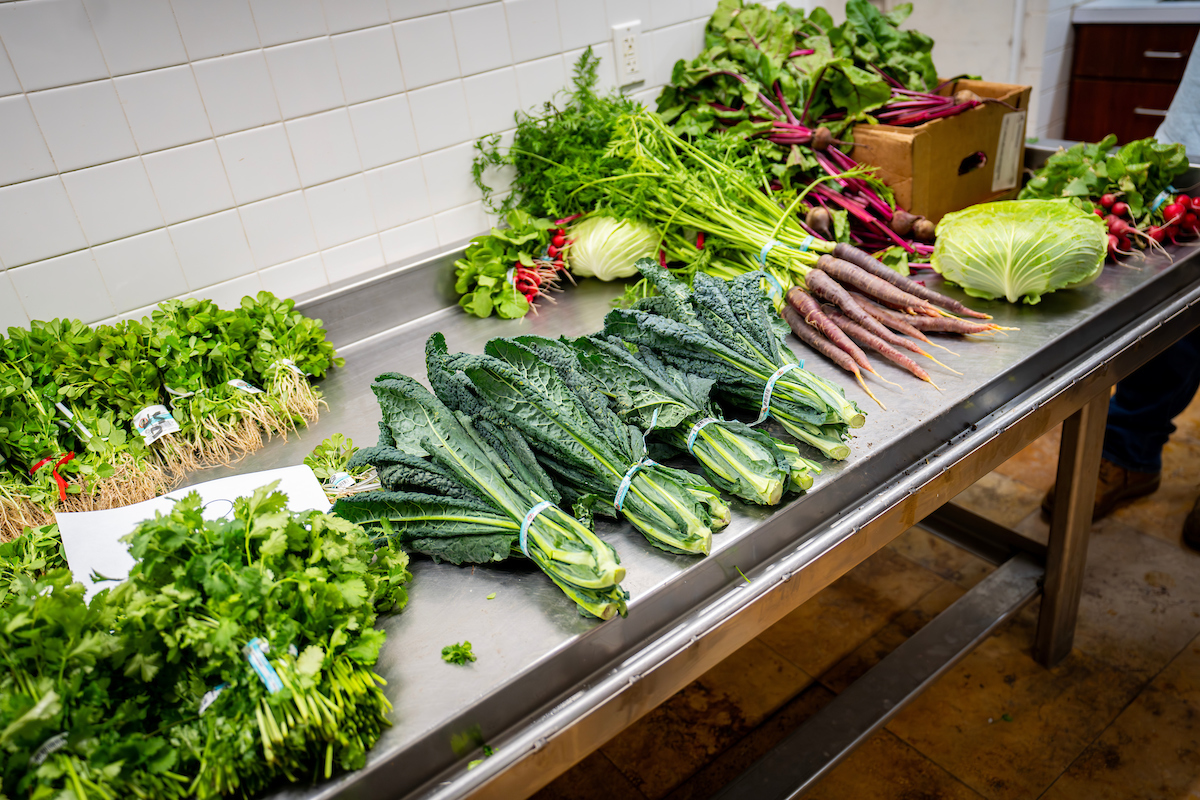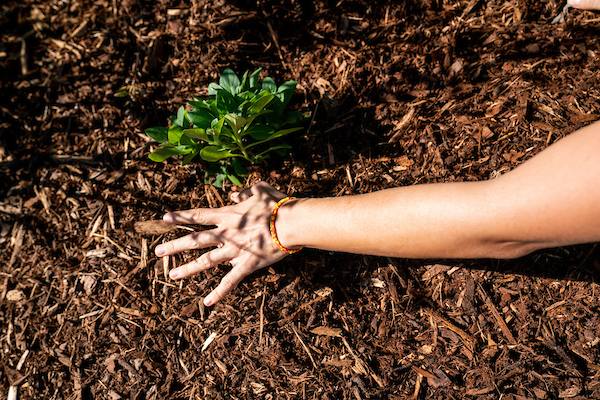Why are my tomato leaves curling?
Environmental, chemical or biological changes could be to blame for a curling tomato leaf
As the weather warms up and everything in the garden begins to grow, some gardeners may notice their tomato plants have twisting or curling leaves.

Although the yellowing of tomato leaves is one problem, the curling of tomato plant leaves is often quite another.
According to Joe Masabni, Ph.D., Texas A&M AgriLife Extension Service vegetable specialist from the Department of Horticultural Sciences, based in Dallas, the leaves of the tomato plant may be curling due to many reasons, but environmental, chemical or biological changes are typically to blame.
Specifically, when Masabni sees a curling tomato leaf, he checks for mites, viruses and herbicide drift as well as one of the latest challenges — herbicide residue in compost. However, curled leaves can also be caused by other issues, including weather and water.
Broad mites and viruses in tomatoes
Although broad mites are so small that you need a microscope to identify them, they can do significant damage. The mites attack a variety of vegetable plants and flowers and prefer to feed on young leaves and flowers. The toxins they inject into the leaves make them distort and curl.
Tomato plants also can be affected by hundreds of viruses, but the most common one associated with yellow and curling leaves is the tomato yellow leaf curl virus. This virus is spread by the sweet potato or silverleaf whitefly, which can be managed through insecticide oils and soaps.
For identification and assessments, the Texas Plant Disease Diagnostic Laboratory can help based on a sample sent in from the leaves of the plant.
Herbicide drift with tomato plants
“Tomatoes are especially sensitive to herbicide sprays or herbicide drift,” said Muthukumar Bagavathiannan, Ph.D., a Texas A&M AgriLife Research weed scientist, associate professor in the Department of Soil and Crop Sciences and Chancellor’s EDGES Fellow’21.
Crops and pastures are often treated with herbicides for controlling weeds, and the movement of liquid particles from herbicide, called drift, can severely damage nearby tomato plants.
“Physical herbicide drifts are often limited to few yards,” Bagavathiannan said. “However, vapor drifts that can occur with certain herbicides and environmental conditions can travel for miles. While minor damage may not kill the plant, the damage may result in curled leaves and likely reduced fruit yields.”
Wind speeds as low as 5 mph can result in considerable herbicide drift that can be damaging to tomatoes, especially when applied nearby. Though commercial applications of herbicides over large acreage are usually associated with herbicide drift, weed killers for lawns and landscapes often contain growth regulator herbicides such as 2,4-D and dicamba to which tomatoes are highly sensitive. These should be used with caution.
Applicators must carefully follow the herbicide label for appropriate use considerations for reducing drift, Bagavathiannan said.
Herbicide residue lingering in soil
Masabni said the most common and biggest challenge he has seen in the last few years is unexpected herbicide residue in compost, which can remain in the soil for an extended period, unless treated or removed.
“In Texas, we have a lot of cattle and horses, and people are taking advantage of manure that they are getting, because it is free fertilizer,” Masabni said. “What they don’t know is that even if the manure has been drying out in the sun for five years and the animal consumed straw from fields treated with the herbicide aminopyralid, that herbicide is still active in the manure. It does not break down. Even through composting, the herbicide residue will survive the heat of the composting.”
This problem is not just temporary, once it is in the garden, it is in the garden for a long time, he explained. For gardeners utilizing raised beds, the solution is to get rid of the old soil and replace with new soil not tainted with the herbicide residue.
For gardeners working on their own land that has been exposed to herbicides in the soil or the amendments, adding activated charcoal, or biochar, can be an effective solution, but these products can be expensive, Bagavathiannan said. In studies led by the Department of Soil and Crop Sciences in Bryan-College Station, application of activated charcoal greatly reduced injury to tomato and other vegetables by a number of pasture herbicides.
Checklist to consider when assessing tomato leaf curl:
- Did you add composted manure or raw manure from a cow or horse? Chicken litter is not a problem. If yes, then herbicide residue may be the most likely cause. If no, next possibility is mites.
- Broad mites cannot be seen with the naked eye or a magnifying lens. You will need a microscope to confirm their presence or send a sample to the Texas A&M Plant Disease Diagnostic Lab.
- If the leaf curl is caused by mites, the best solution is to spray a miticide. Then new growth will be normal and plants will be fine. However, the damaged leaves will remain damaged and should be removed. Spray at least two times about one week apart.
- If the new growth continues to show curling or twisting, then the cause is herbicide residue in the soil or compost. In this case, remove tainted soil or add activated charcoal.
For more in-depth information on assessing curled leaves on tomato plants, view the free AgriLife publication “What makes tomato leaves twist or curl” that provides even more detailed information on assessment and solutions for this tomato challenge.





